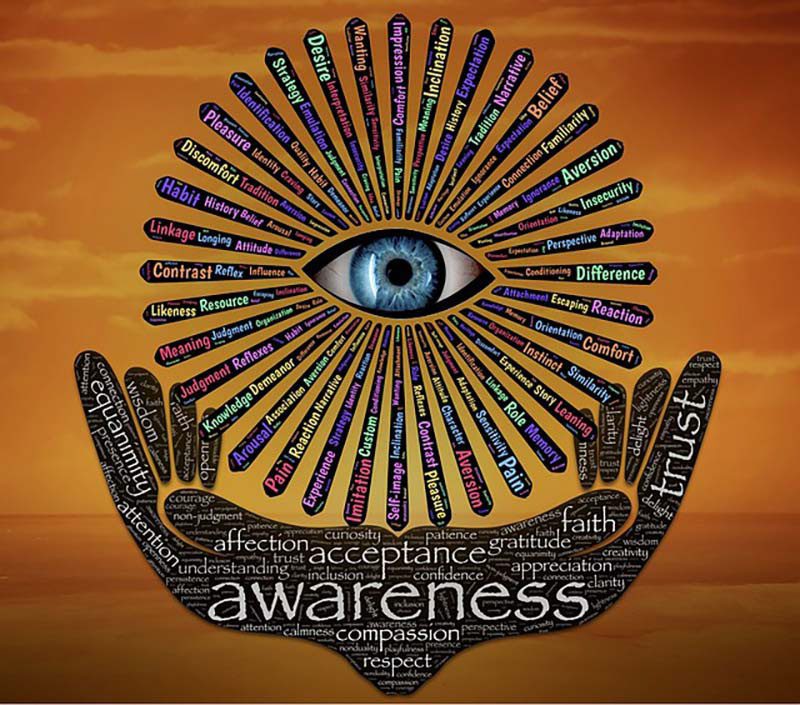The Hindu cycle of the universe is based on the belief that the Universe has no beginning or end. The universe as per their ancient faith follows a cosmic cycle of creation and dissolution.
Modern science is moving forward in a direction which has some very interesting similarities with Hindu cycle of the universe.
Concept of Universe in Hinduism – Hindu Cycle of The Universe
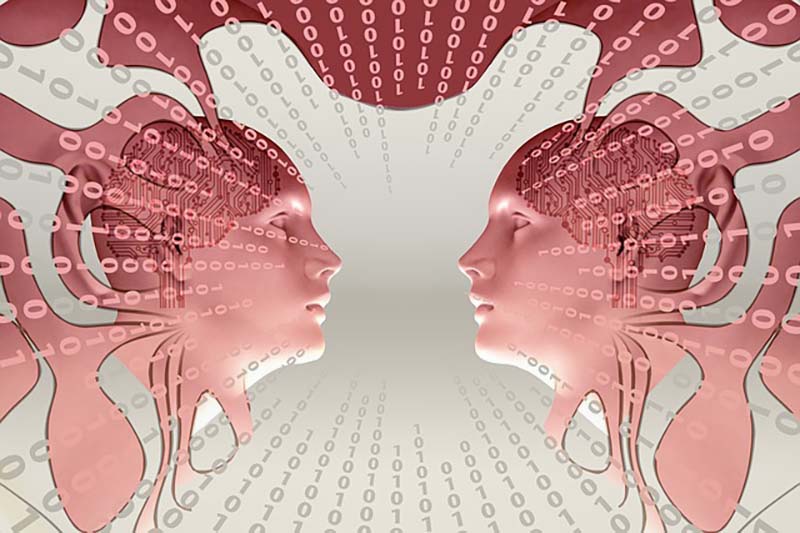
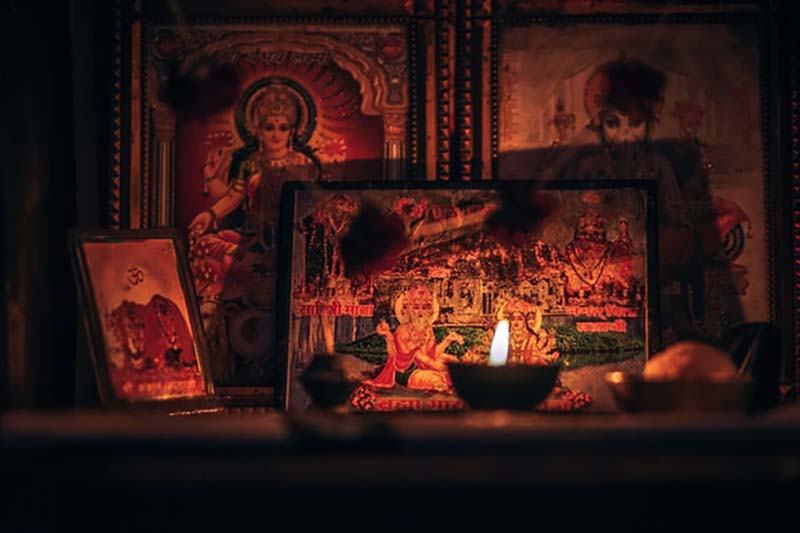
Hinduism is the only religion that has the concept of the life cycles of the universe. It suggests that the universe undergoes an infinite number of deaths and rebirths. In Hinduism, it is said that the universe is without a beginning (Anadi = beginning-less) or an end (Ananta = end-less). Also, Hindus believe the universe is projected in cycles.
Hindu scriptures refer to time scales that vary from ordinary earth day and night to the day and night of the Brahma which is a few billion earth years Ion.
Brahma’s universe is the medium through which the divine presents itself. Hence for Hindus, every element of this universe can serve as a window to the divine.
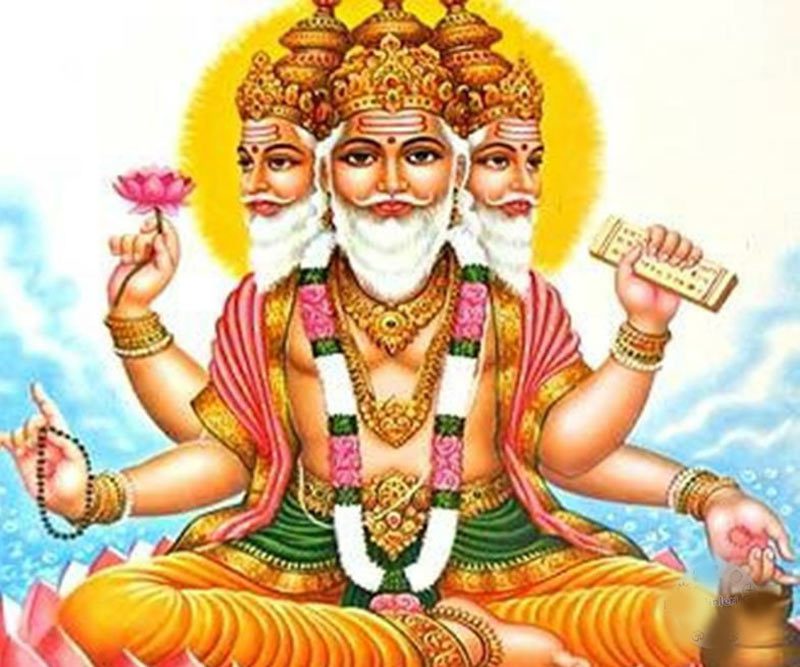
God as creator looks like a priest, chanting Vedic hymns and holding in his four hands instruments of ritual. Almost every ritual ends with the chant ‘Shanti, Shanti, Shanti’, which means ‘Peace, peace, peace’.
Peace is the aim of every ritual. Peace comes when one comes to terms with the three worlds: the personal world, the cultural world, and the natural world. For that one needs to appreciate the world in its totality, from every point of view.
Brahma’s four faces, facing in all four direction is representation of a seeing world through all point of views
In Hindu mythology, Brahma is one of the Trimurti, the three primary deities in Hinduism. Brahma is considered to be the creator of the universe, and he is often depicted with four faces.
Each face represents a different aspect of the creator god. One face is said to represent creation, another preservation, and third destruction, and the fourth face is said to represent the face of the eternal and unchanging Brahman, the supreme reality.
Brahma is also sometimes depicted with four arms, with each arm holding a symbol representing one of the four Vedas, the sacred texts of Hinduism.
For Hindus, Brahma is God who creates the world. The world he creates is known as Brahmanda. This world is not just the outer objective world governed by mathematical principles.
It is also the inner subjective world of thoughts and feelings. According to Vedic scriptures, God does not ‘create’ this world. He simply made all creatures aware of it. Awareness leads to discovery. Discovery is creation.
The Goddess of Awareness and Knowledge- Saraswati
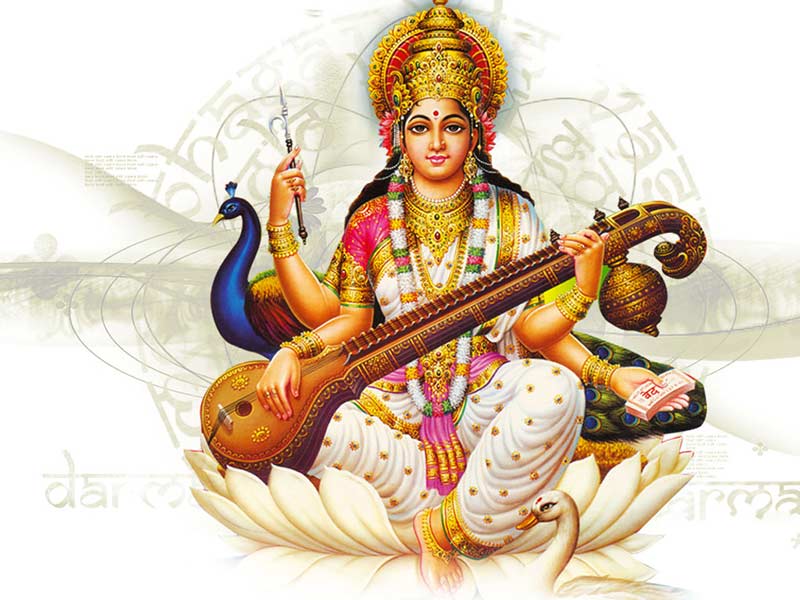
The world discovered by Brahma is embodied in the Goddess. She is the awareness that makes the universe possible. She has always existed, even when no one observed her.
For Brahma, the Goddess is Shatarupa, who takes infinite forms. Shatarupa is Saraswati, goddess of knowledge, for in her infinite forms she reflects the answer to Brahma’s question: Who am I? This question is the impulse of creation. It made God open his eyes and look at the Goddess.
Saraswati is the Goddess of knowledge and awareness. She is the world that informs and inspires. Saraswati wears no jewels or cosmetics and drapes herself in a plain white sari with no desire to allure.
What Is It About Three Hundred and Thirty Million Deities
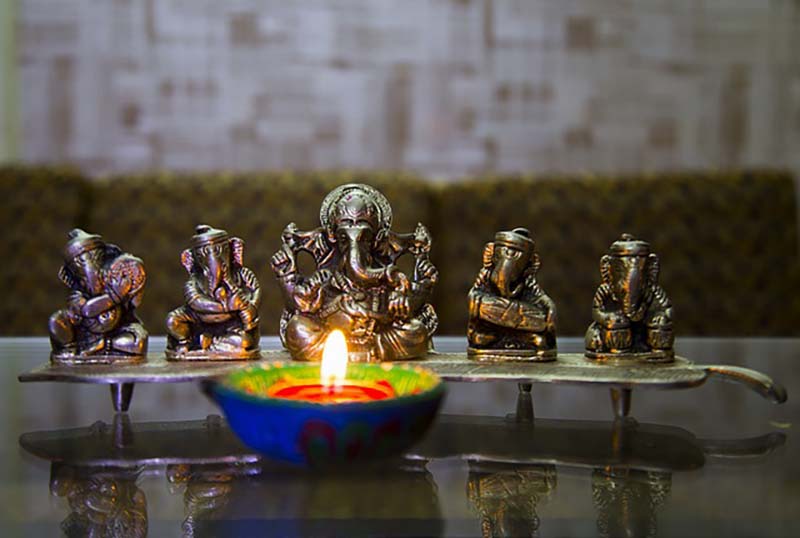
Here we uncover the layers of divine manifestations and understand the relationships between them
The idea of 330 million Hindu deities is a metaphor for the countless forms by which the creator makes itself accessible to the human consciousness. Vishwa-rupa or Virat-Swarup is the cosmic form of God. For Hindus, God is the container of all things. All existence is a manifestation of the divine.
This understanding of the world makes no room for the notion of ‘evil’. Evil means that which is devoid of Godliness. When everything is God, then nothing, not even things we despise and shy away from, can be ungodly. Good and bad are judgements based on human values. Human values—critical though they may be to establishing civilized society—are based on a limited understanding of the world.
When understanding changes, values and judgement change and with them society. The Sanskrit word ‘Maya’ refers to all things that can be measured. Human understanding of the world is limited, hence measurable, hence Maya. To believe this Maya is truth is delusion. Beyond Maya, beyond human values and human judgement, beyond the current understanding of the world, is a limitless reality which makes room for everyone and everything.
That Reality is God in Hinduism
For Hindus, all of creation is divine. Everything in nature is therefore worthy of worship. There is no discomfort visualizing God in plants, animals, rivers, mountains, rocks and in man-made objects such as pots, pans, pestles and mortars. Stories such as the one following transform rivers into molten forms of God.
